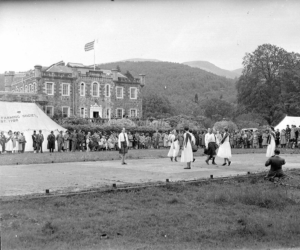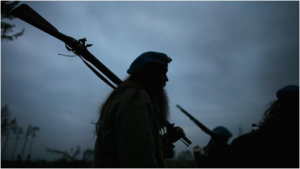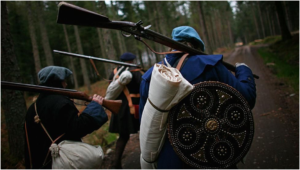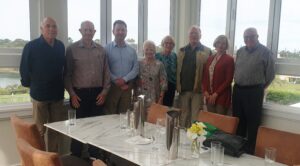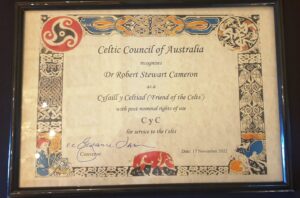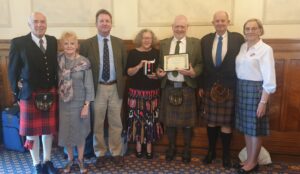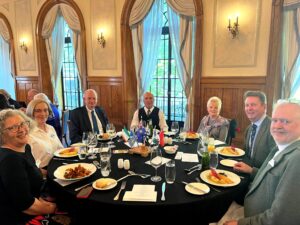 25 March
25 March
Groundbreaking new research has revealed that a piece of woollen textile found in a Highland peat bog neary 40 years ago is the earliest-known surviving piece of authentic tartan in Scotland.
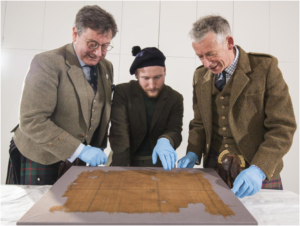
The fragment of material discovered during forestry work in Glen Affric, which experts say has shed new light on the “origin story” of tartan, could be more than 500 years old.
Historians believe it is the oldest surviving “true tartan” – patterned cloth featuring dye of different colours and stripes of different sizes.
They have hailed the “remarkable discovery” of the only surviving piece of tartan from this period of Scottish history, which is thought to have survived for so long because it was buried in peat.
Dye analysis and radiocarbon testing were carried out on the fragile piece of tartan, which measures around 55cm by 43cm, and had traces of the colours green, brown, red and yellow.
The results of the work, which also involved the “washing out” of peat staining, are said to have dated the age of the material to between 1500 and 1600 AD, during the reign of King James V, Mary Queen of Scots or King James VI.
There is a written record of tartan being bought for King James III in 1471, while the wearing of a tartan kilt is believed to date back to the late 16th century.
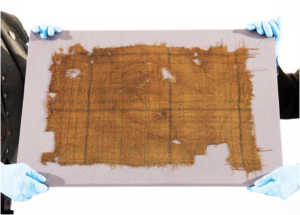
Although Glen Affric was a key territory for the Clan Chisholm, Scotland’s foremost tartan historian believes the piece of green, brown, red and yellow-coloured material was part of a home-made “working garment” rather than a piece of clothing worn by someone of high status.
The research project was instigated by the STA after curators working on the V&A Dundee exhibition approached the charity over potential loans of early “proto tartans”.
V&A Dundee curator James Wylie said: “The word tartan only really came into the lexicon in Scotland in the 1500s. This was a time of the Renaissance, when there were a lot of connections between Scotland and France. The word tartan actually derives from a French word which means to weave together two different types of cloth or yarn.
“This particular fragment was handed in to the Scottish Tartans Authority by people who found it when they were peat cutting. It was a really tatty piece of textile which had pretty much been packed away since the 1980s.

“Although we can theorise about the Glen Affric tartan, it’s important that we don’t construct history around it.
“Although Clan Chisholm controlled that area, we cannot attribute the tartan to them as we don’t know who owned it.”
John McLeish, chair of the STA, said: “The Glen Affric tartan is clearly a piece of national and historical significance.
“It is likely to date back to the reign of James V, Mary Queen of Scots, or James VI/I.
“There’s no other known surviving piece of tartan from this period. It’s a remarkable discovery and deserves national attention and preservation.

